On the Move: Visualising Action
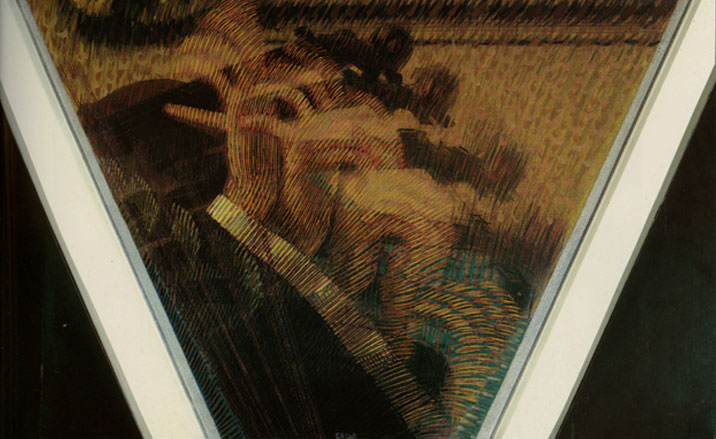
When it came to representing reality in art, the longest standing stumbling block for painters and sculptors was how to convey movement in a static image or sculpture. A new exhibition at the Estorick Collection of Modern Italian Art, curated by Jonathan Miller, explores the developments that took place in the late 19th and early 20th centuries concerning this tricky subject.
Miller is something of a British institution, more renowned for his theatre and opera direction, than his longstanding fascination with motion. He trained (and worked for two years) as a doctor before moving into directing, but throughout his career he’s made pioneering links between the sciences and the arts. ‘On the Move: Visualising Action’ is the culmination of his longstanding fascination with motion in both scientific and artistic contexts and particularly the period in which they crossed over.
Unsurprisingly the biggest development came with the evolution of photography. The now famous 19th century photographic studies by Eadweard Muybridge in America and Etienne-Jules Marey in France captured sequences of movement in reality of man, beast and bird that had previously been elusive. Foster takes these prints as the starting point for his exhibition, together with a range of optical gadgetry from the same period that shows how, when viewed in motion, in sequence, the photographs conveyed real movement.
Less concerned with art than science and the Victorian-era fascination with discovering ‘truths’, Muybridge and Marey’s work quickly translated into inspiration for artists. Interestingly though it was less as a means for conveying movement, scientifically, accurately, in a static image or sculpture, and more as a vehicle for Futurism.
Marey’s work particularly, introducing long exposures of movement captured in one frame generated several pioneering works of the Italian Futurist movement, which have since filtered down into common pictorial parlance, right up to the ‘whoosh-lines’ featured in comic books to convey motion.
Miller’s curation takes in the many stages of this development with a broad spectrum of examples from the 19th and 20th centuries. He also addresses the scientific research and developments in the same period on the subject of eye to brain coordination and our understanding of movement, both in art and reality. In addition, Miller has written a fascinating essay in the exhibition’s catalogue, which brings the subject together – a subject that’s concerned as much with evolution as science and art.
Miller took some precious time out from rehearsing his latest project – Donizetti’s comic opera, The Elixir of Love at the London Coliseum – to tell us more:
Receive our daily digest of inspiration, escapism and design stories from around the world direct to your inbox.
Where does your fascination with motion in art stem from?
Initially, my interest in movement was not in relation to art, but rather the result of my training as a biologist. At a very early stage, I became fascinated with living organisms that had an interest in their own survival, whose actions were motivated by self-interest.
Have you discovered anything new on the subject in putting the exhibition together?
I think what has been most striking is the range of pictorial approaches artists have brought to bear on this subject. Right from the beginning, painters and sculptors have struggled with the problem of how to convey motion in a static medium.
Are the discoveries of Muybridge and Marey more significant for science than art?
I don’t think either made a truly significant contribution to science – but, certainly, what they did was to draw attention to aspects of action that had previously escaped the unaided eye.
Was there any backlash from the artistic community that their (Muybridge and Marey’s) photographic studies of motion negated previous attempts by artists to convey movement, which mightn’t have been scientifically correct but appeared more ‘real’ to the viewer?
Initially, perhaps, although Muybridge’s discoveries about the gait of the running horse did lead certain artists, such as Meissonier, to correct their images. To begin with, people did think that the camera lied, but it soon became apparent that it was the eye that was constantly deceived.
Did the late 19th century developments in understanding human movement inform industrial mechanics or fashion, furniture or product design to make things more ergonomic?
It certainly made people more sensitive to the detailed work of craftsmen and had an impact on time and motion studies. This, in turn, assisted with the rationalisation of industrial labour.
Thinking to the future and the development of virtual or augmented realities – is this ‘the next step’ in our analysis of the representation of movement?
Yes, I think we have definitely become more cunning with animation, and are understanding more about movement as a result of increasingly sophisticated computerised technology.
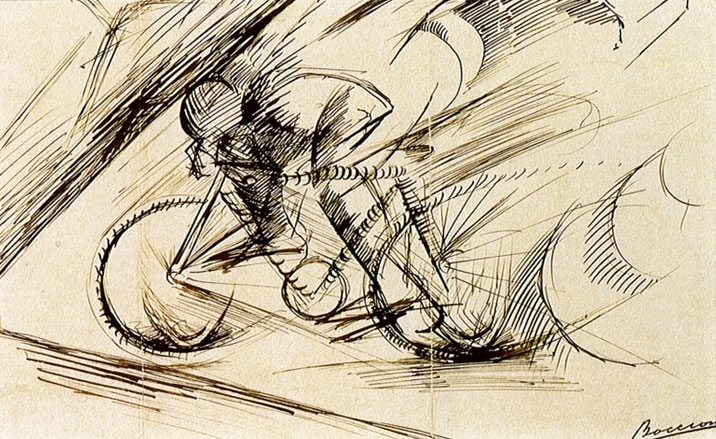
Dynamism of a Cyclist, by Umberto Boccioni, 1913. Estorick Collection, London
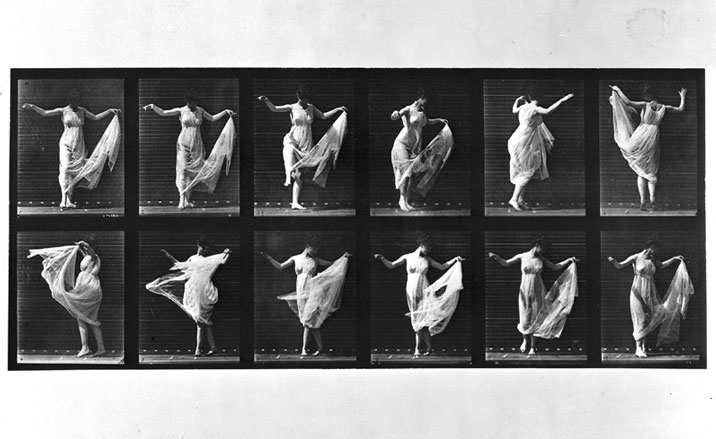
Females (Semi-Nude) & Children Dancing (Fancy), by Eadweard Muybridge,1887. Kingston Museum and Heritage Service
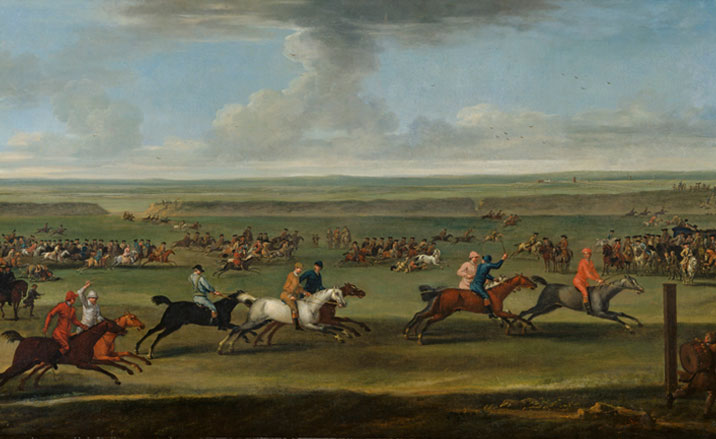
A Race on the Round Course at Newmarket, John Wootton. The Fitzwilliam Museum, Cambridge
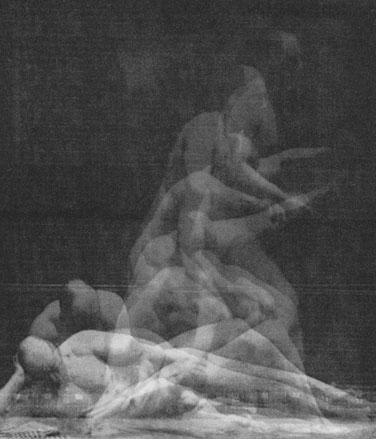
Rising Series... After Eadweard Muybridge ’Human and Animal Locomotion’, by Idris Khan, 2005. Courtesy the Artist and Victoria Miro Gallery, London. © The Artist
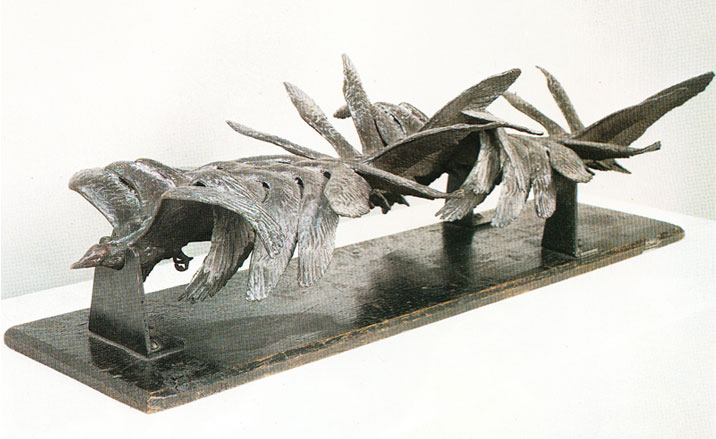
Analysis of the Flight of a Seagull, by Etienne-Jules Marey, 1887. Dépot du Collège de France, Musée Marey, Beaune, France
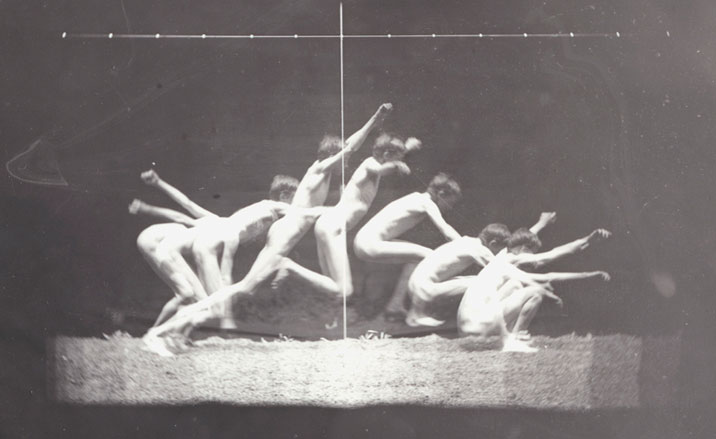
Motion study: male nude, standing jump to right, by Thomas Eakins, 1885. Pennsylvania Academy of the Fine Arts, Philadelphia
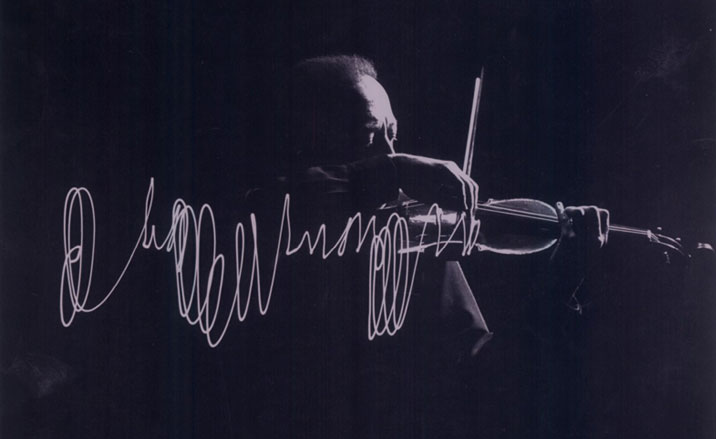
Violinist Jascha Heifetz playing in Mili’s darkened studio as light attached to his bow traces its movement, by Gjon Mili, 1952. Time & Life Pictures / Getty Images
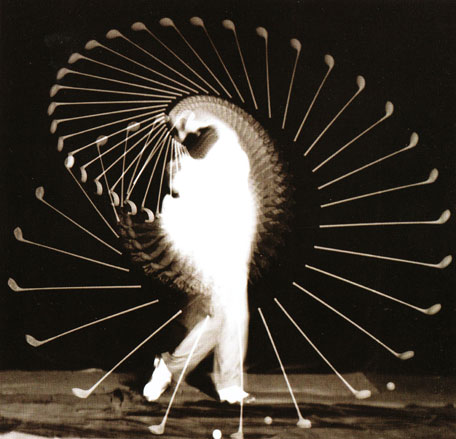
Densmore Shute Bends the Shaft, by Harold Edgerton, 1938. Courtesy The Michael Hoppen Gallery

Triple Jump, Alexander Stadium, Birmingham, by Jonathan Shaw, June, 1996. Birmingham Library & Archive Services
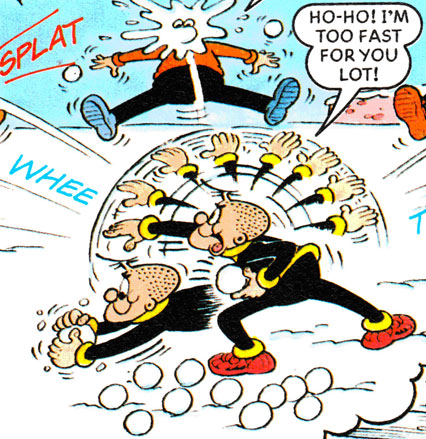
Billy Whizz, from The Beano Book, 1999
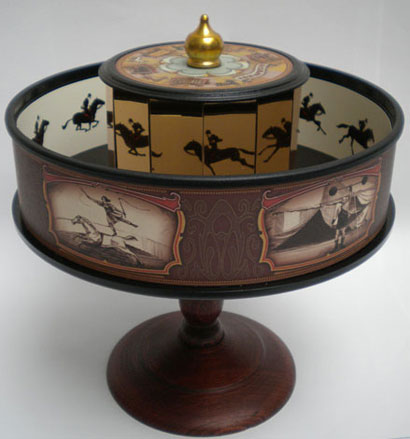
Praxinoscope (replica)
ADDRESS
Estorick Collection
39a Canonbury Square
London N1 2AN
-
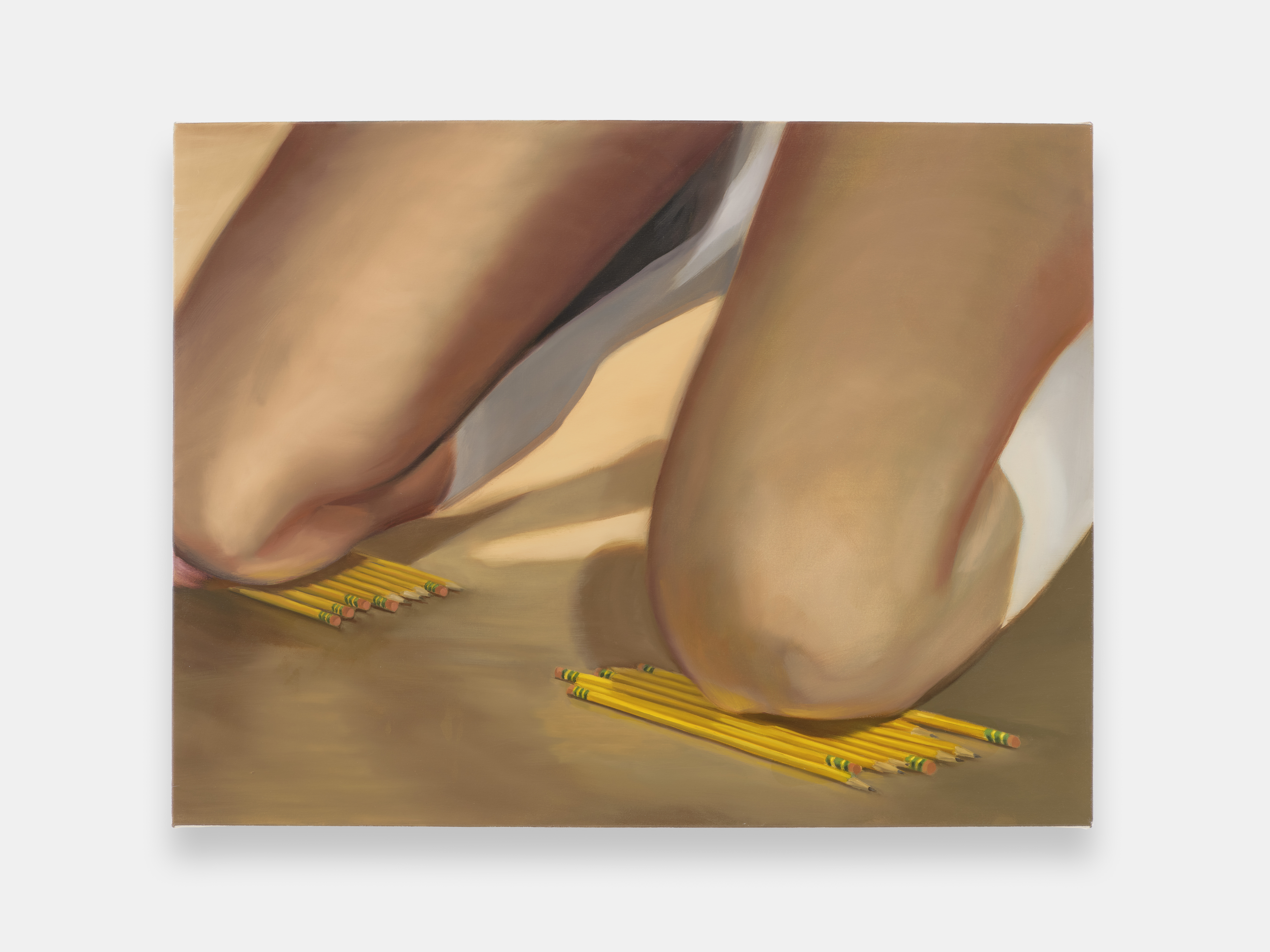 ‘I want to bring anxiety to the surface': Shannon Cartier Lucy on her unsettling works
‘I want to bring anxiety to the surface': Shannon Cartier Lucy on her unsettling worksIn an exhibition at Soft Opening, London, Shannon Cartier Lucy revisits childhood memories
-
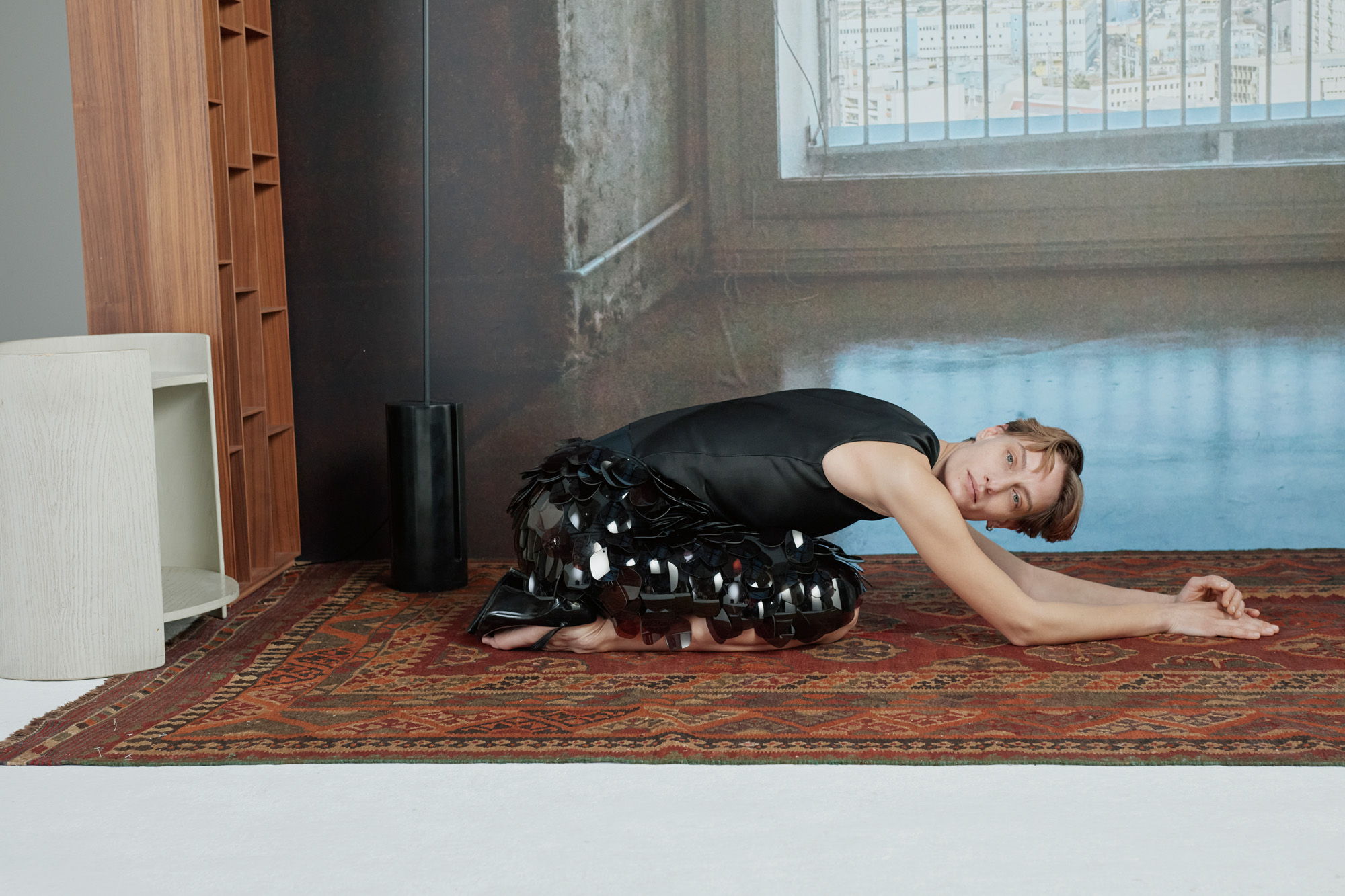 What one writer learnt in 2025 through exploring the ‘intimate, familiar’ wardrobes of ten friends
What one writer learnt in 2025 through exploring the ‘intimate, familiar’ wardrobes of ten friendsInspired by artist Sophie Calle, Colleen Kelsey’s ‘Wearing It Out’ sees the writer ask ten friends to tell the stories behind their most precious garments – from a wedding dress ordered on a whim to a pair of Prada Mary Janes
-
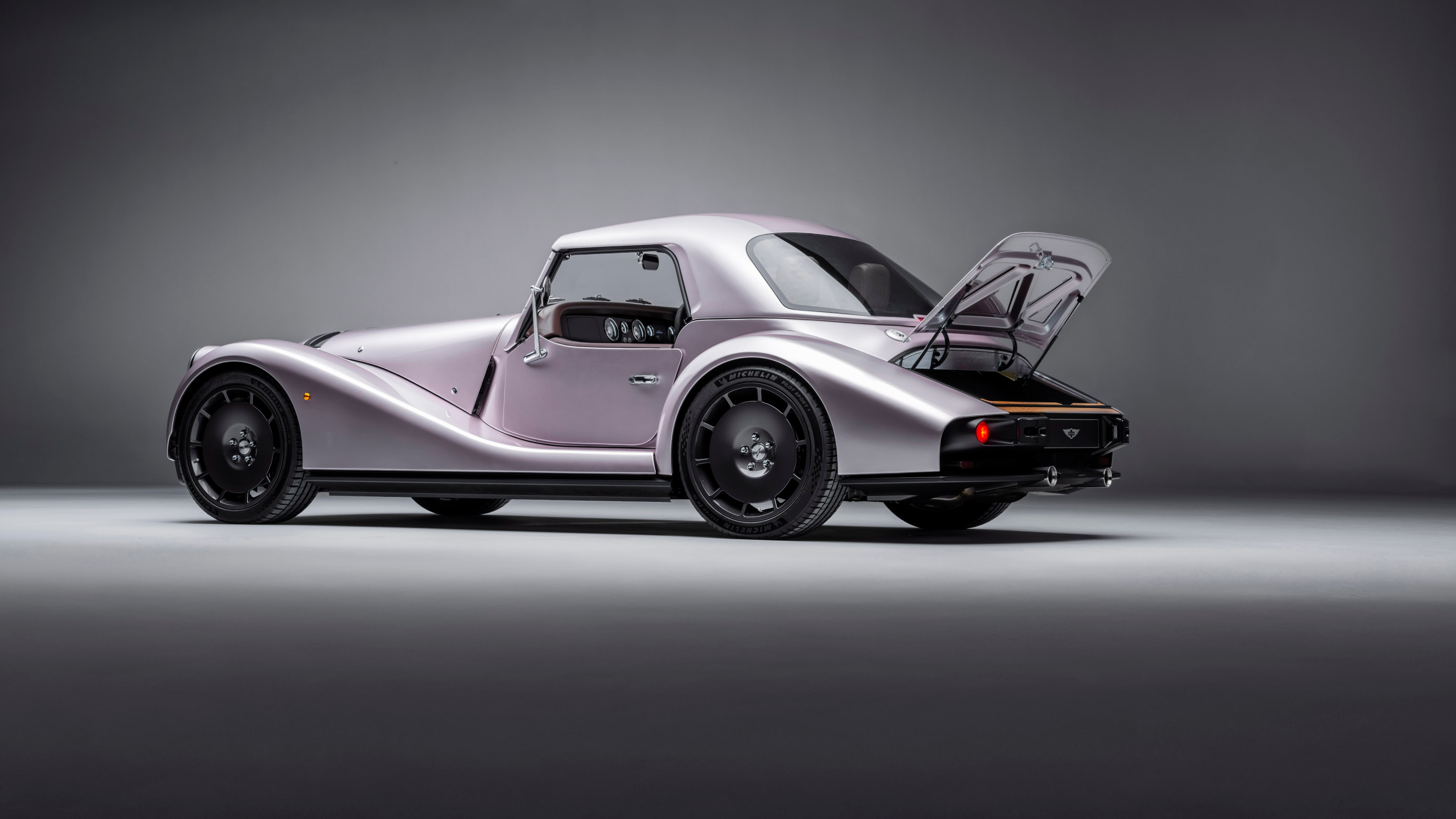 Year in review: 2025’s top ten cars chosen by transport editor Jonathan Bell
Year in review: 2025’s top ten cars chosen by transport editor Jonathan BellWhat were our chosen conveyances in 2025? These ten cars impressed, either through their look and feel, style, sophistication or all-round practicality